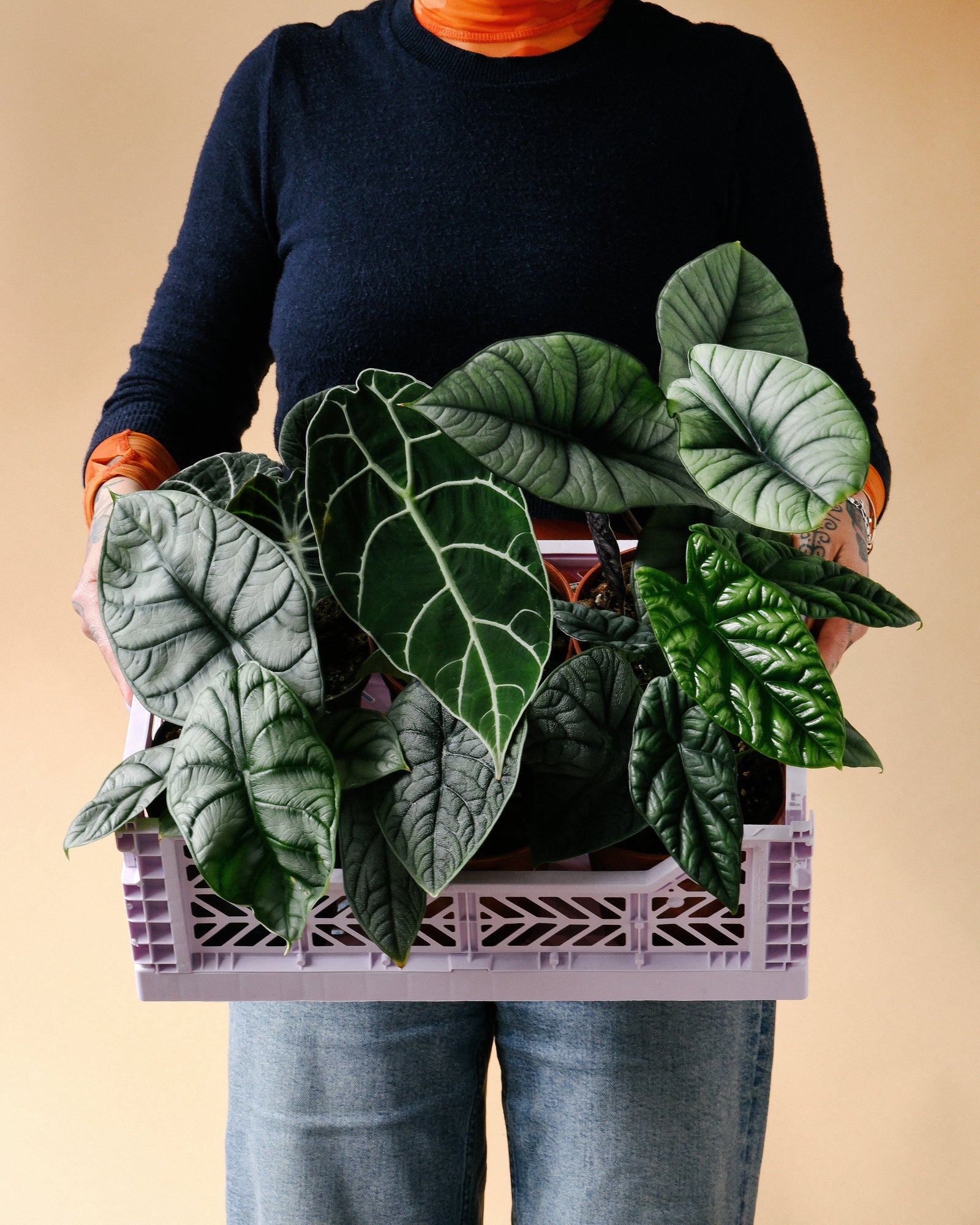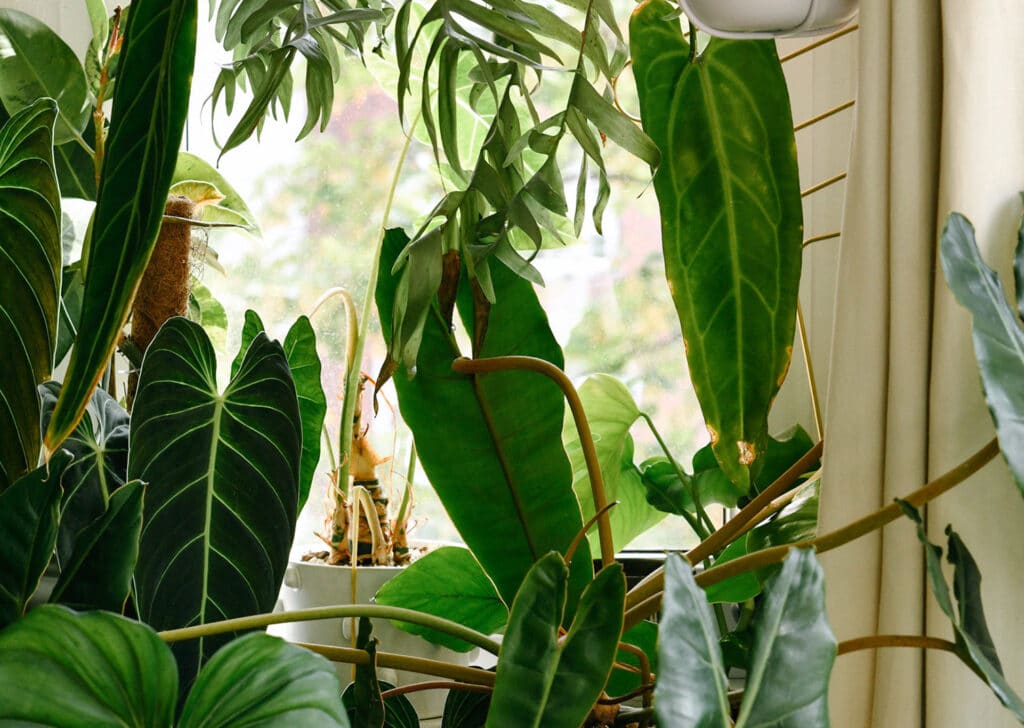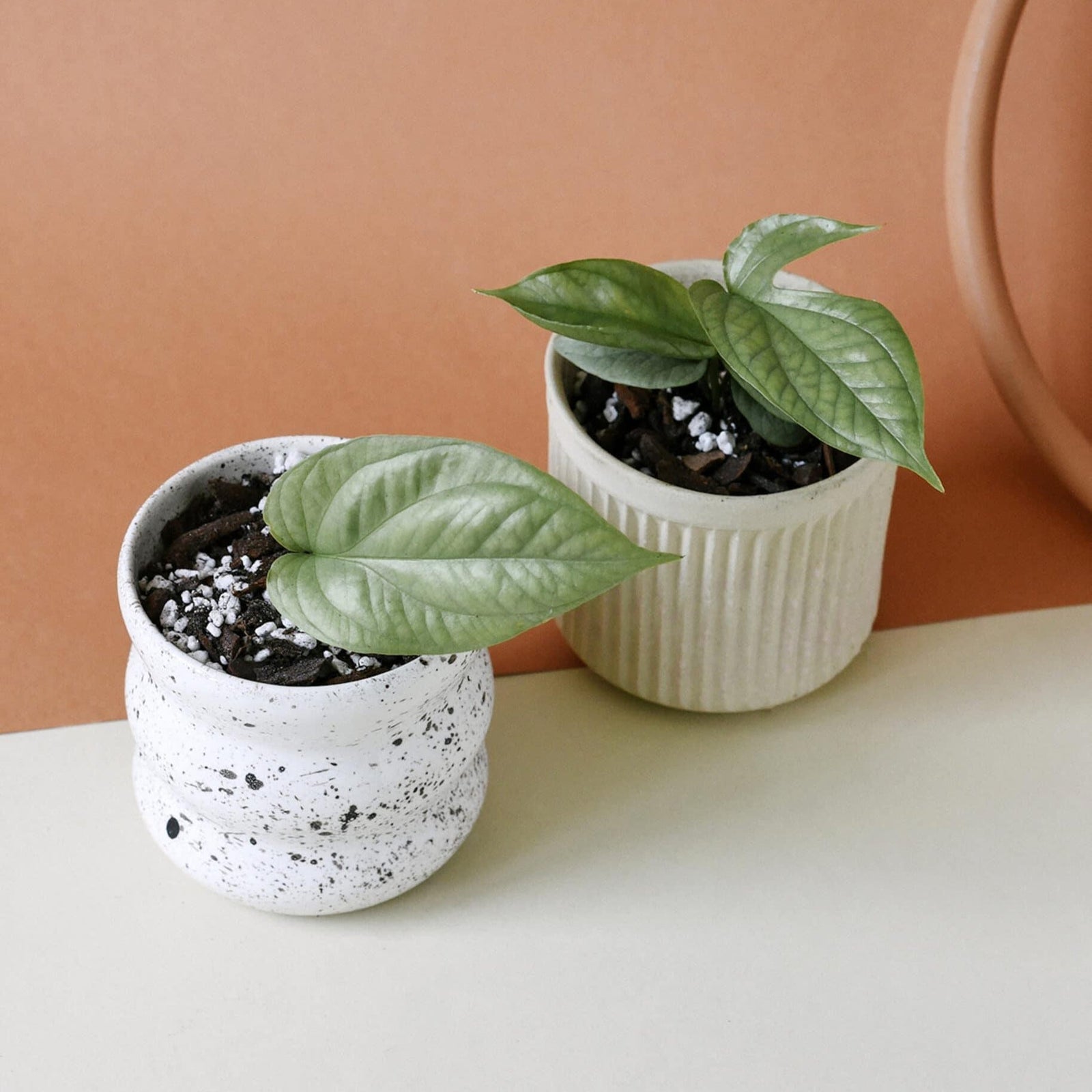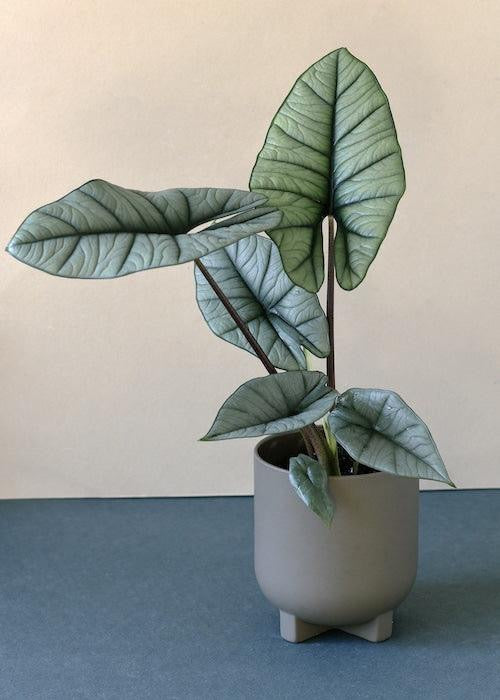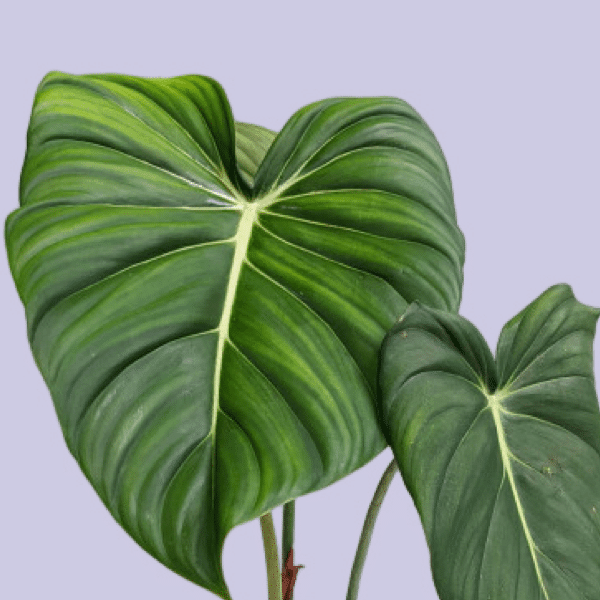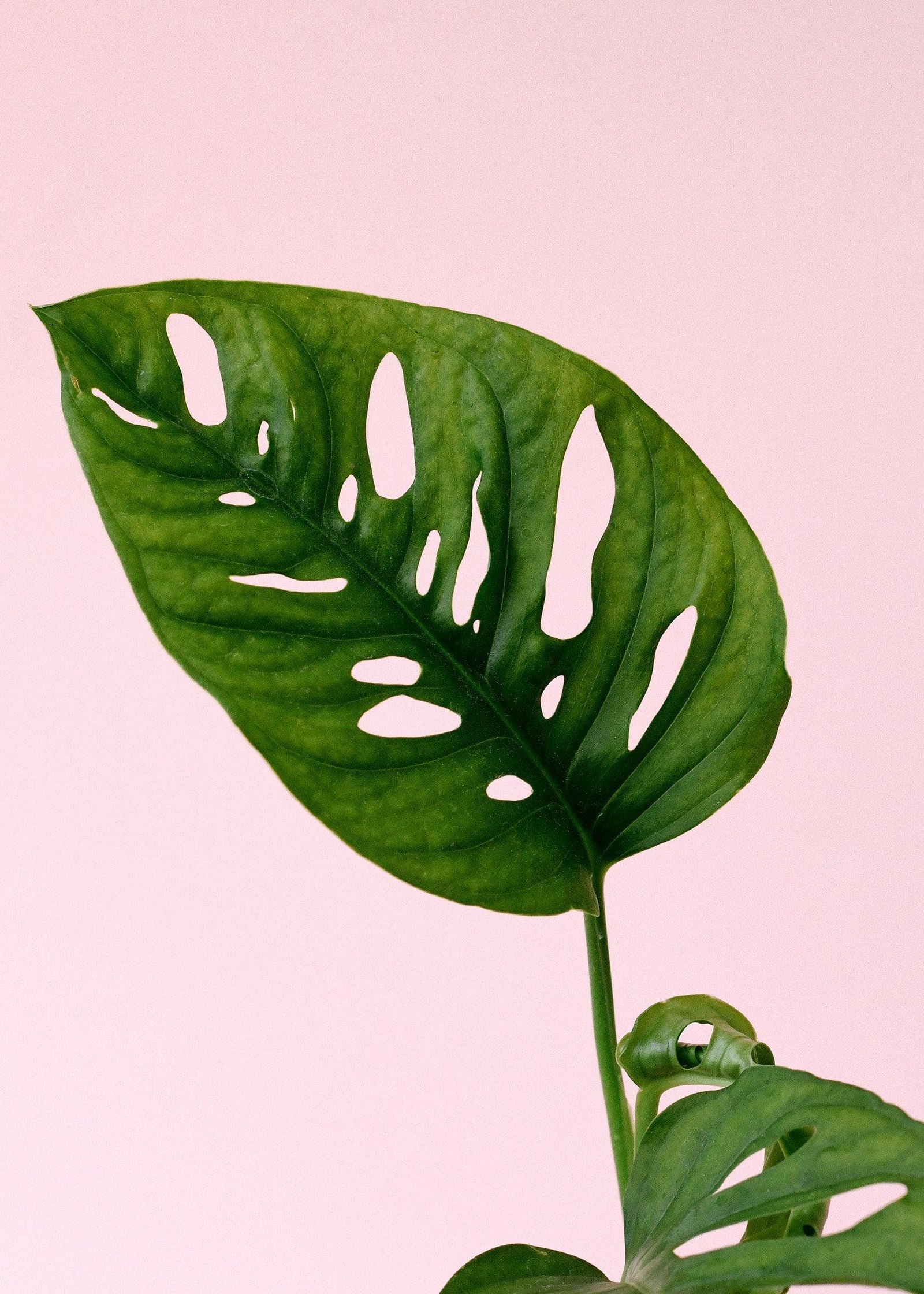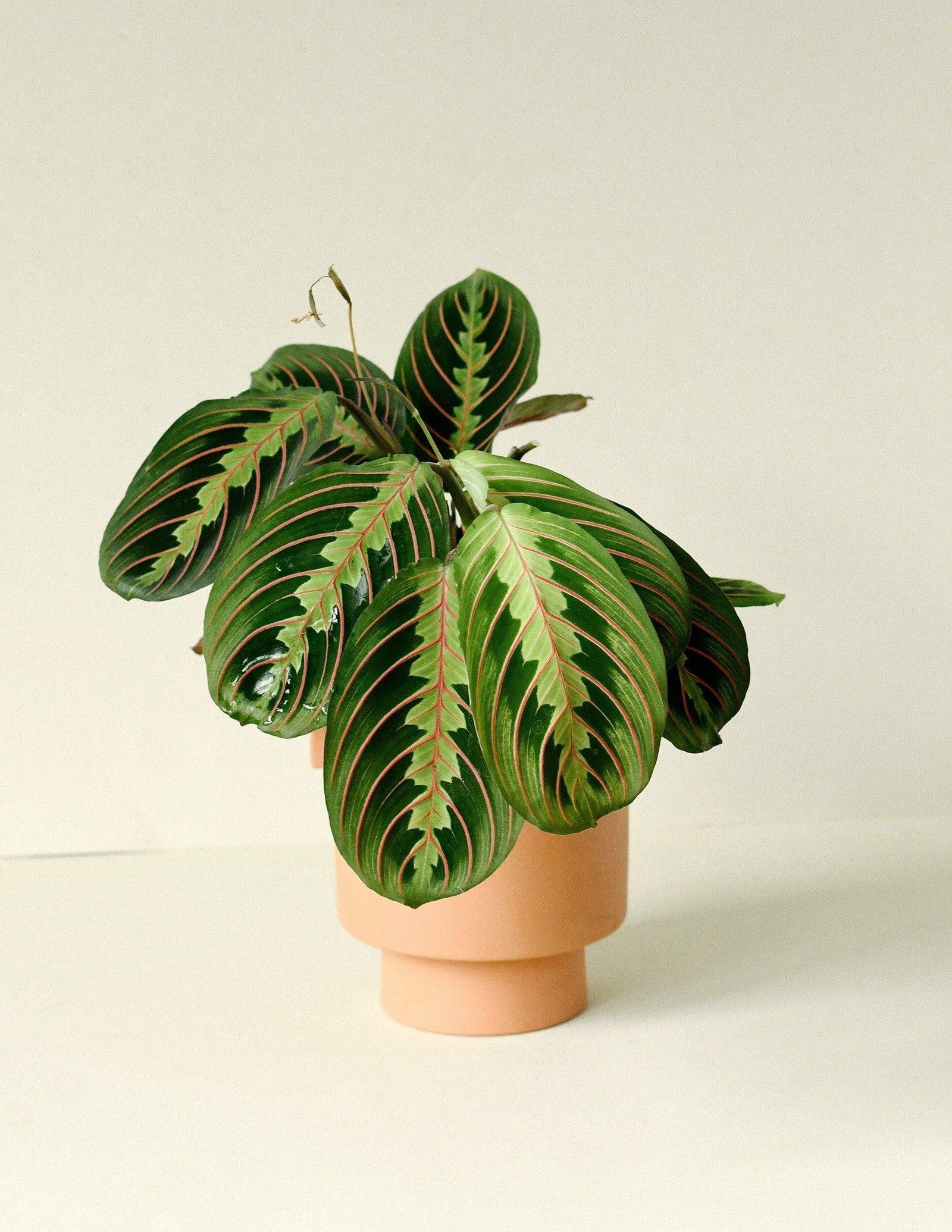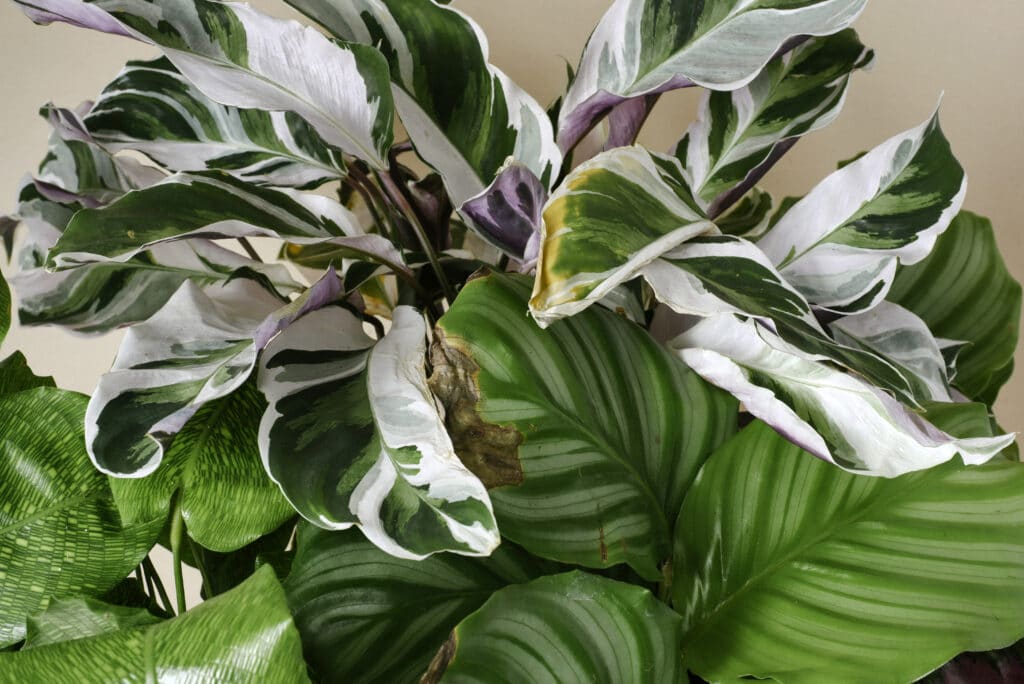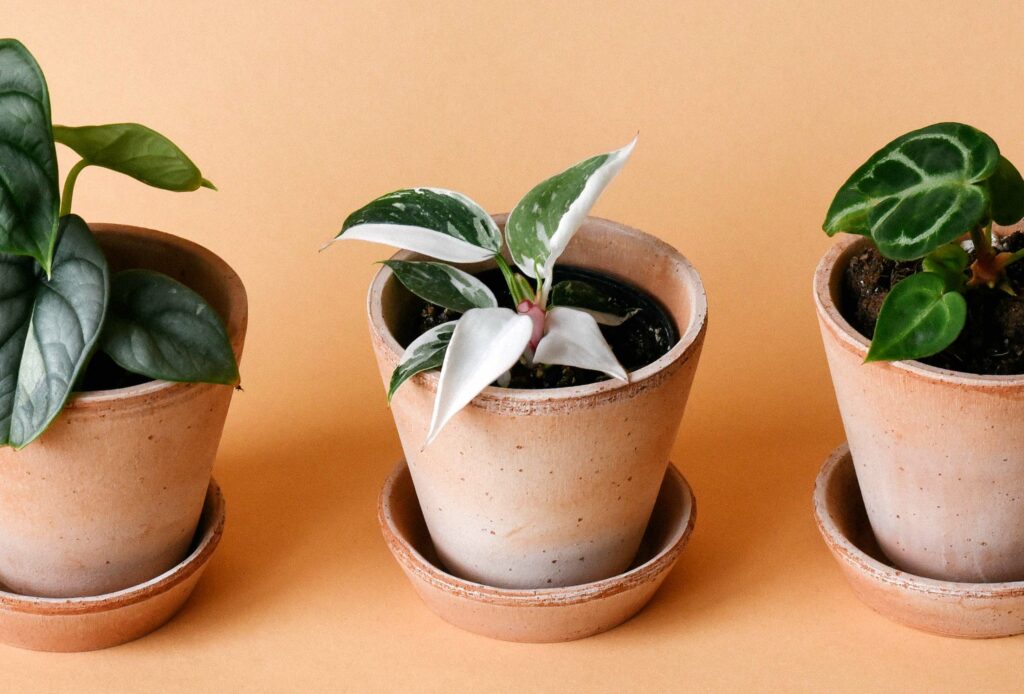
by Plant Circle
Beginner Plant Care 101: Light, Water, Soil & Signs Your Plant Needs Help
Becoming a new plant parent is exciting—but it can also feel overwhelming. Whether you're buying your first plant or just trying to keep one alive, we’re here to make it easier. At Plant Circle, we believe anyone can grow happy, healthy houseplants. Here's your Beginner Plant Care guide to the four basics: light, watering, soil & food, and spotting stress early. 1. Light: What Type Does My Plant Need? Plants need light to survive, but not all plants love the same kind. Here’s a quick guide to understanding different light levels and how to tell what you have in your home. 🌿 Types of Light: Low light: Areas with no direct sunlight. Rooms with north-facing windows or spots several feet away from a window. Medium light: Bright, indirect light. Near east-facing windows or a bit farther from a south-facing window. Bright direct light: Sunlight shines directly on the plant for several hours. Think sunny window sills, especially those facing south or west. 🪟 How to Tell What Light You Have: Stand near your plant and at eye level. If you look towards the light do you have to squint? Is it bright enough to read a book easily? If not, it’s probably low light. Is the sun actually hitting the floor or wall? That’s direct light. If it’s bright but you don’t see any harsh sunbeams, that’s medium or indirect light. 🌱 Common Plants for Each Light Level: Low light: Aglaonema, ZZ Plant, Snake Plant, Pothos – perfect easy plants to care for Medium (Indirect) light: Philodendron, Peperomia, Calathea Bright direct light: Succulents, Fiddle Leaf Fig, Cactus 🔍 Tip: Ask yourself, “How much light does my plant need?” and match it to your space before choosing your plant. 2. Watering: Not Too Much, Not Too Often One of the most common beginner mistakes is overwatering—but not in the way you might think. 💧 What Is Overwatering, Really? It’s not about how much water you give your plant. It’s about how frequently you do it. Most houseplants prefer to dry out a bit between waterings. Use your finger to test the top 2–5cm of soil. If it’s dry, it’s time to water. Always empty any excess water from the pot or saucer—no soggy roots! 🚱 Signs of Overwatering: Yellowing leaves Mushy stems Fungus gnats 🔄 Let the soil guide you, not the calendar! For More in depth on watering read our Blog Post: How to water your plants! 3. Spotting Plant Stress and Fixing It Even high quality rare house plants can show stress when they move into a new home. Your job? Keep an eye out for the signs and make small changes. 🔥 Too Much Light: Bleached or crispy leaves Move your plant further from the window or add a sheer curtain. 🌑 Not Enough Light: Leggy growth, small new leaves Try moving it to a brighter spot or rotating the plant weekly. 💦 Too Much Water: Yellow, soft leaves, root rot smell Let soil dry out more between watering. 🏜️ Not Enough Water: Drooping, dry, crispy leaves Water deeply and regularly check soil moisture. 🪳 Pests - Check out our pest guides! If other factors are good, yellowing leaves, sticky residue, webs, no lack of new growth can be indicators you have little buggies sucking up your plants strength. Look for tiny webs across the edge of leaves (spider mites) -especially with Alocasia Tiny Thrips will stunt your plant growth and new leaves will come out already yellowing. Confirm by seeing the tiny pale white devils on the underside of your leaves. 🧠 Observation is the best plant-care tool you have. 4. Soil & Food: What Your Plant Eats Matters 🌱 Soil: Why It’s Different at Home At the nursery, plants thrive in warm, humid greenhouses with perfect light. That’s why they can survive in dense, compact soil. In your home? Not so much. A chunky, well-draining soil mix is best. Use soil specific to your plant type (e.g. aroid mix for philodendron) Add perlite, bark, or pumice for better airflow Avoid compact garden soil in pots 🍽️ Plant Food: When and How to Feed Most houseplants benefit from feeding during spring and summer Use a balanced, water-soluble fertilizer once a month In winter, most plants rest—skip the food 🌟 Pro Tip: Your philodendron will thrive in a chunky soil mix and light monthly feeding during active growth!







